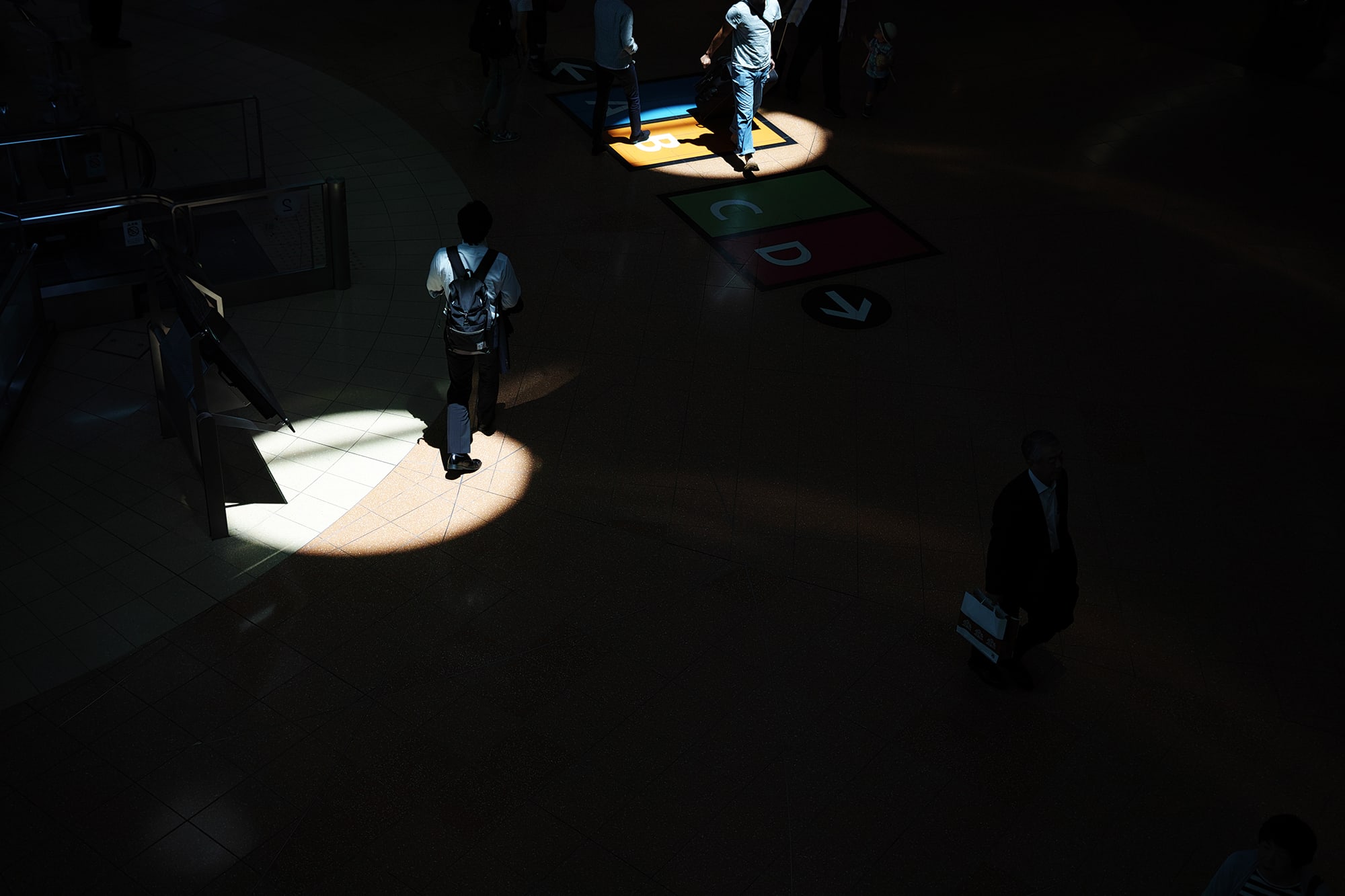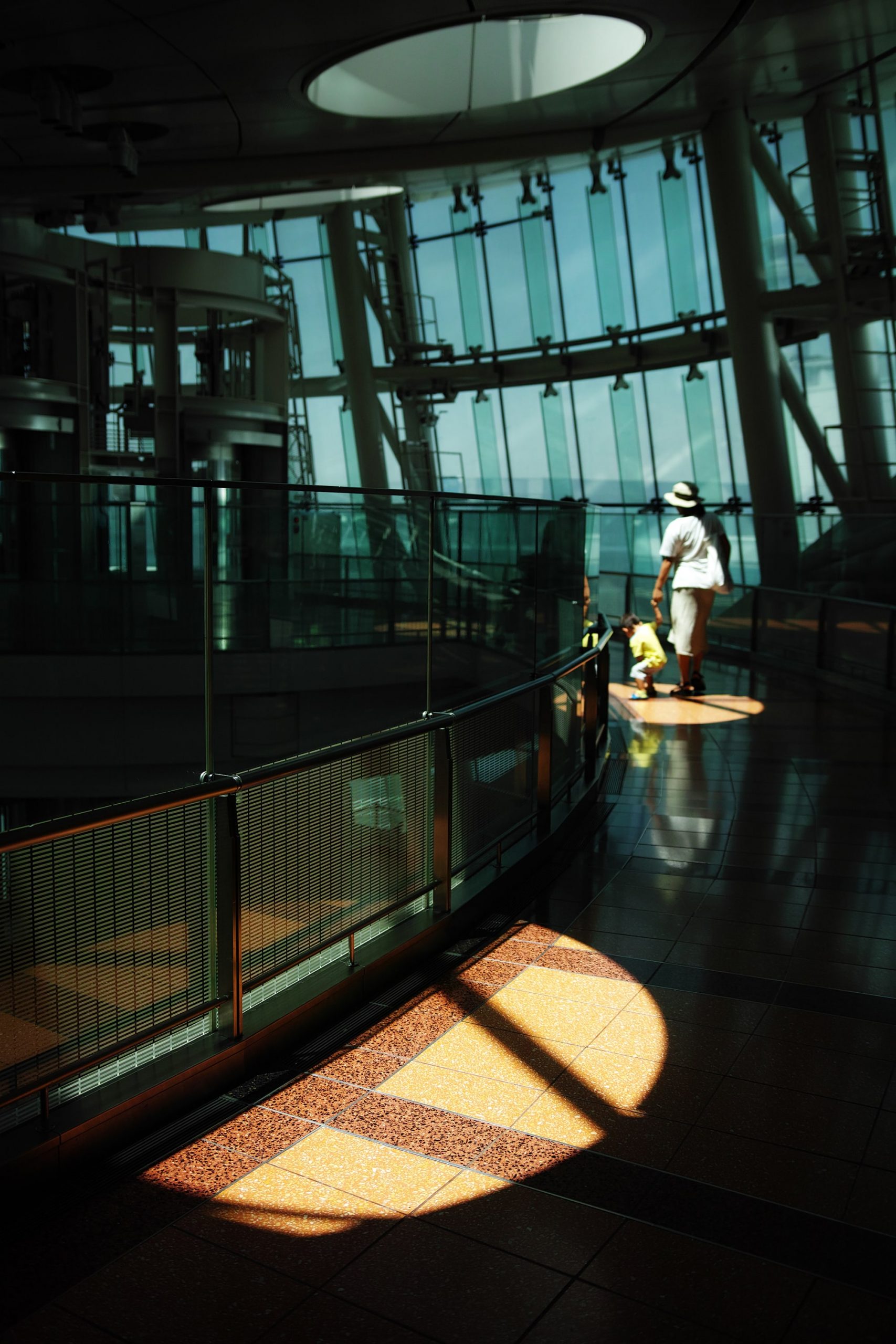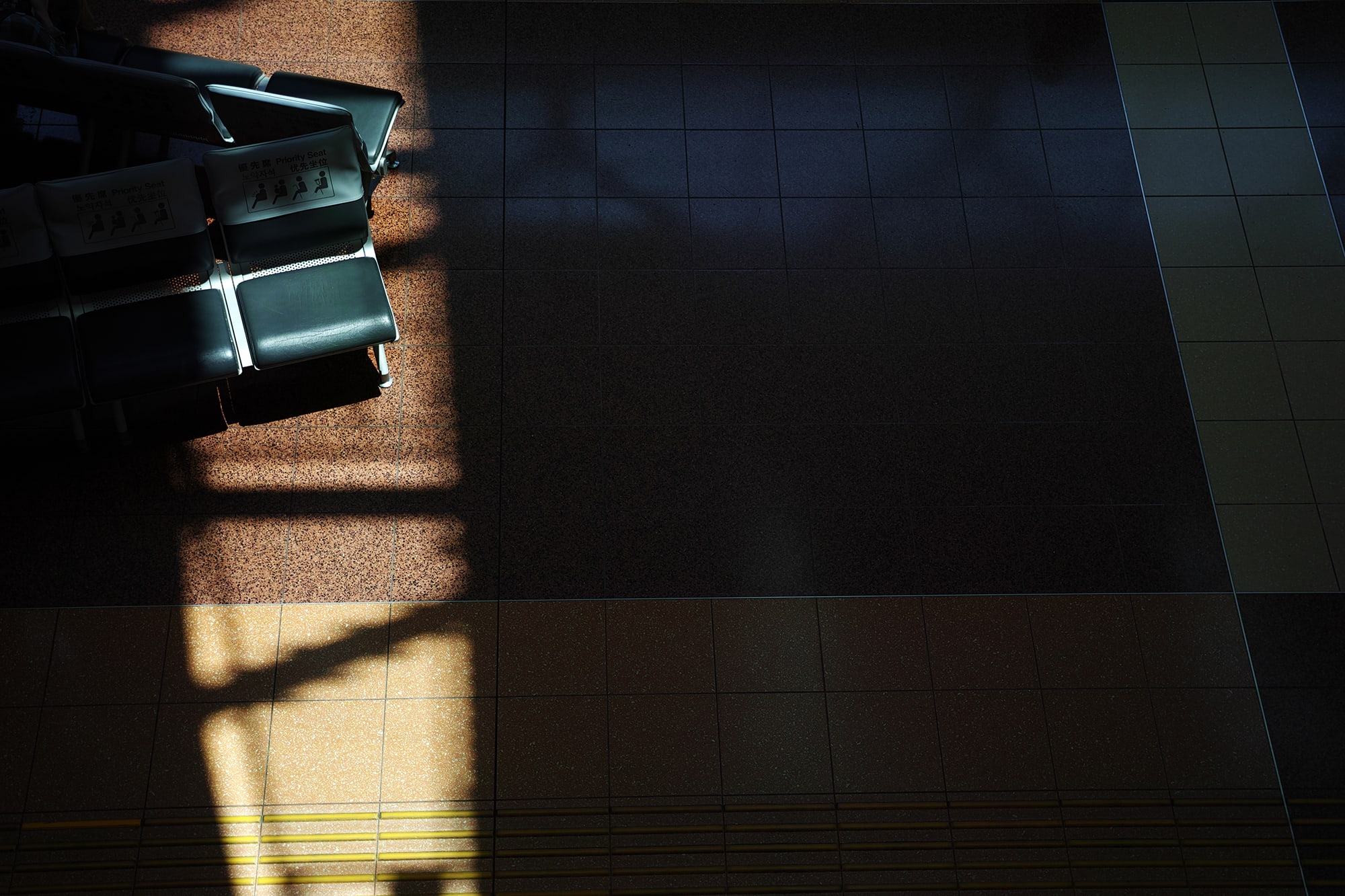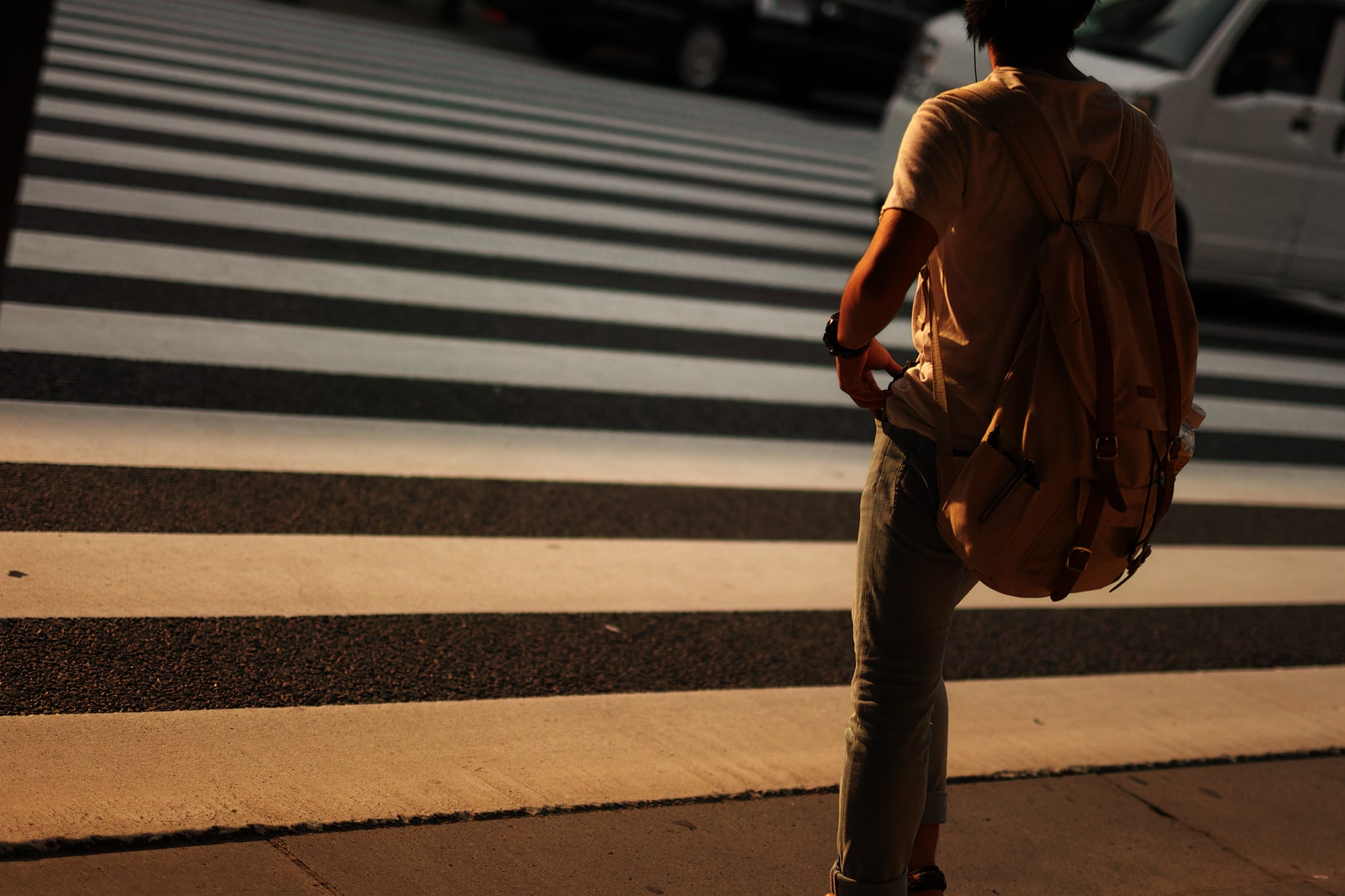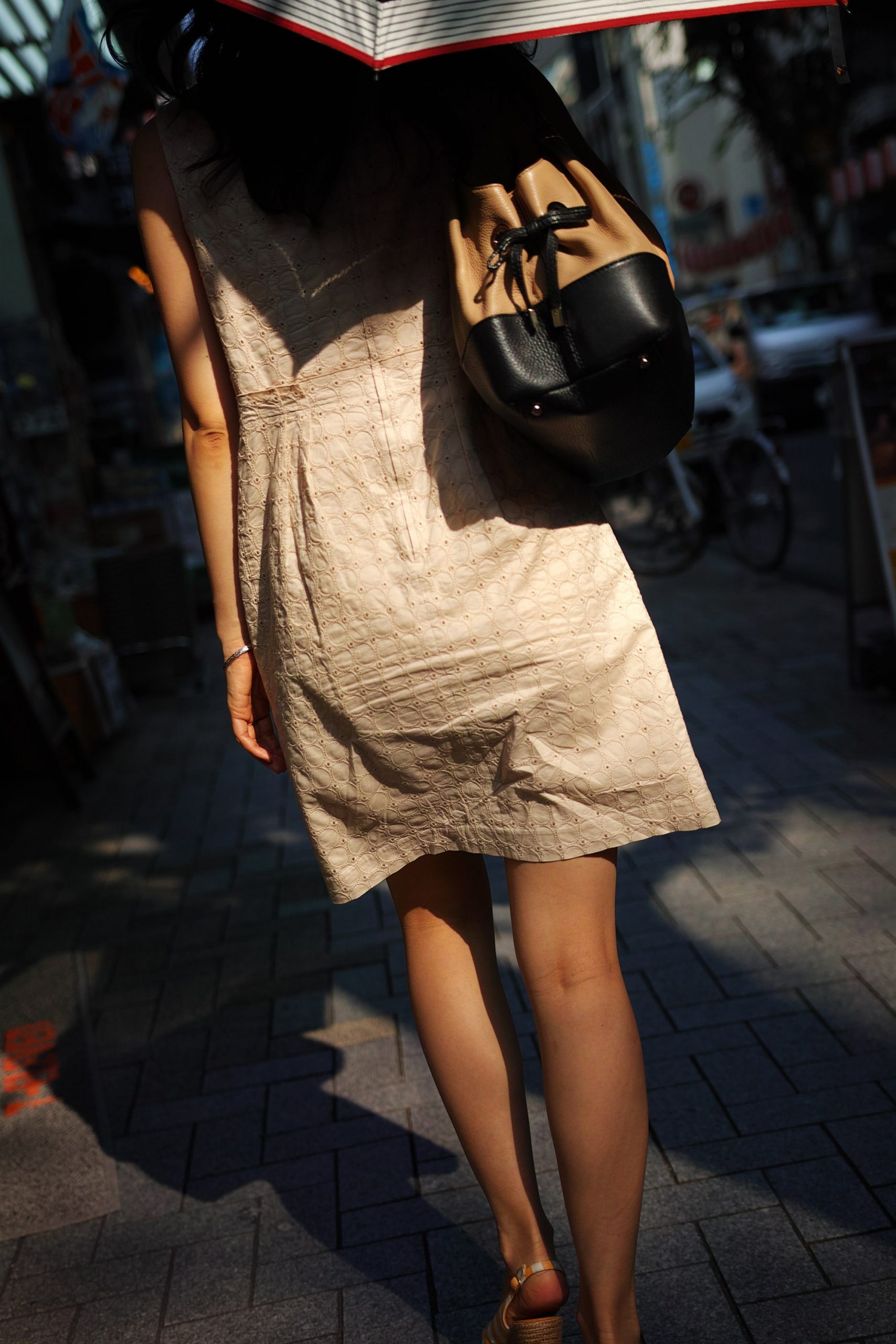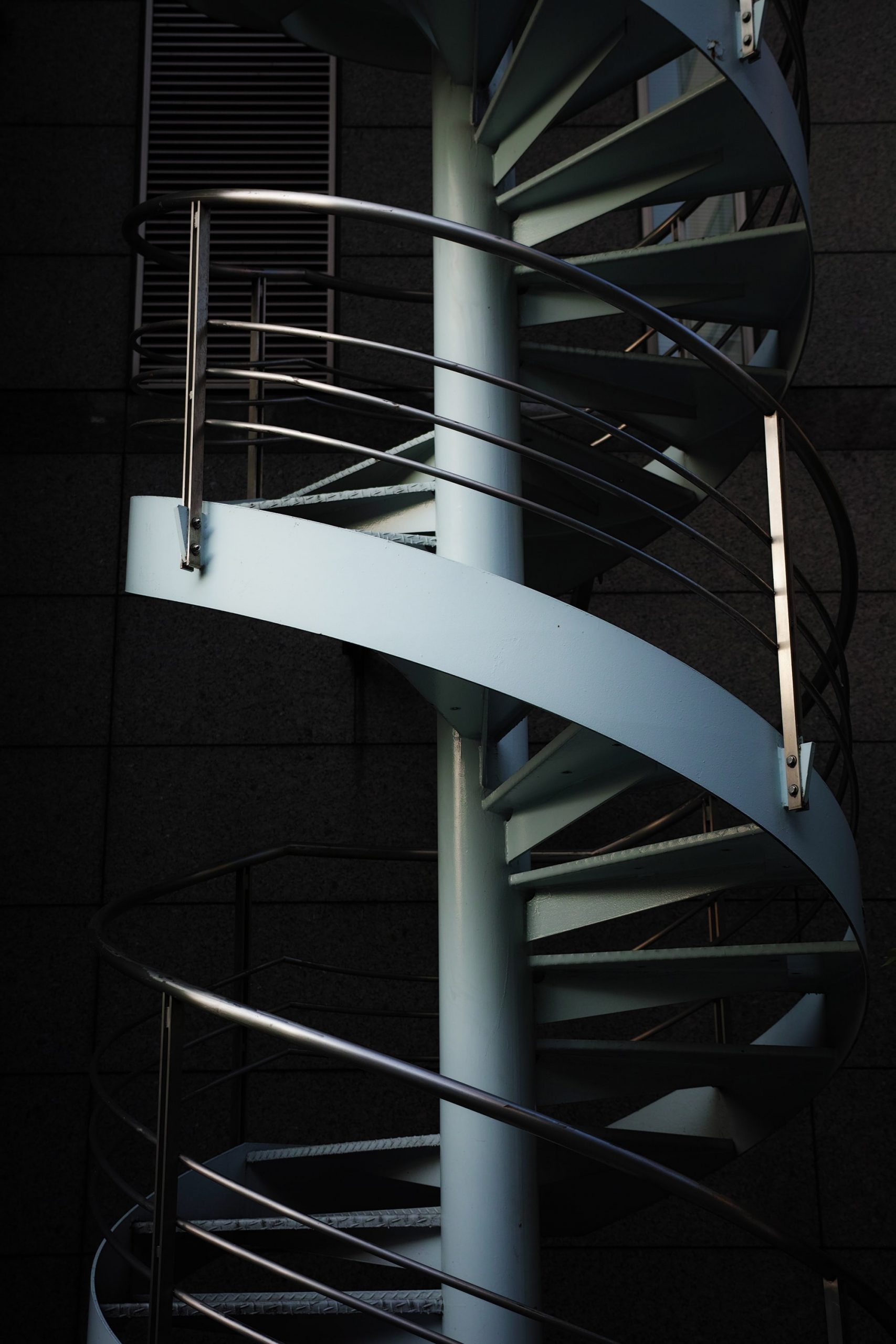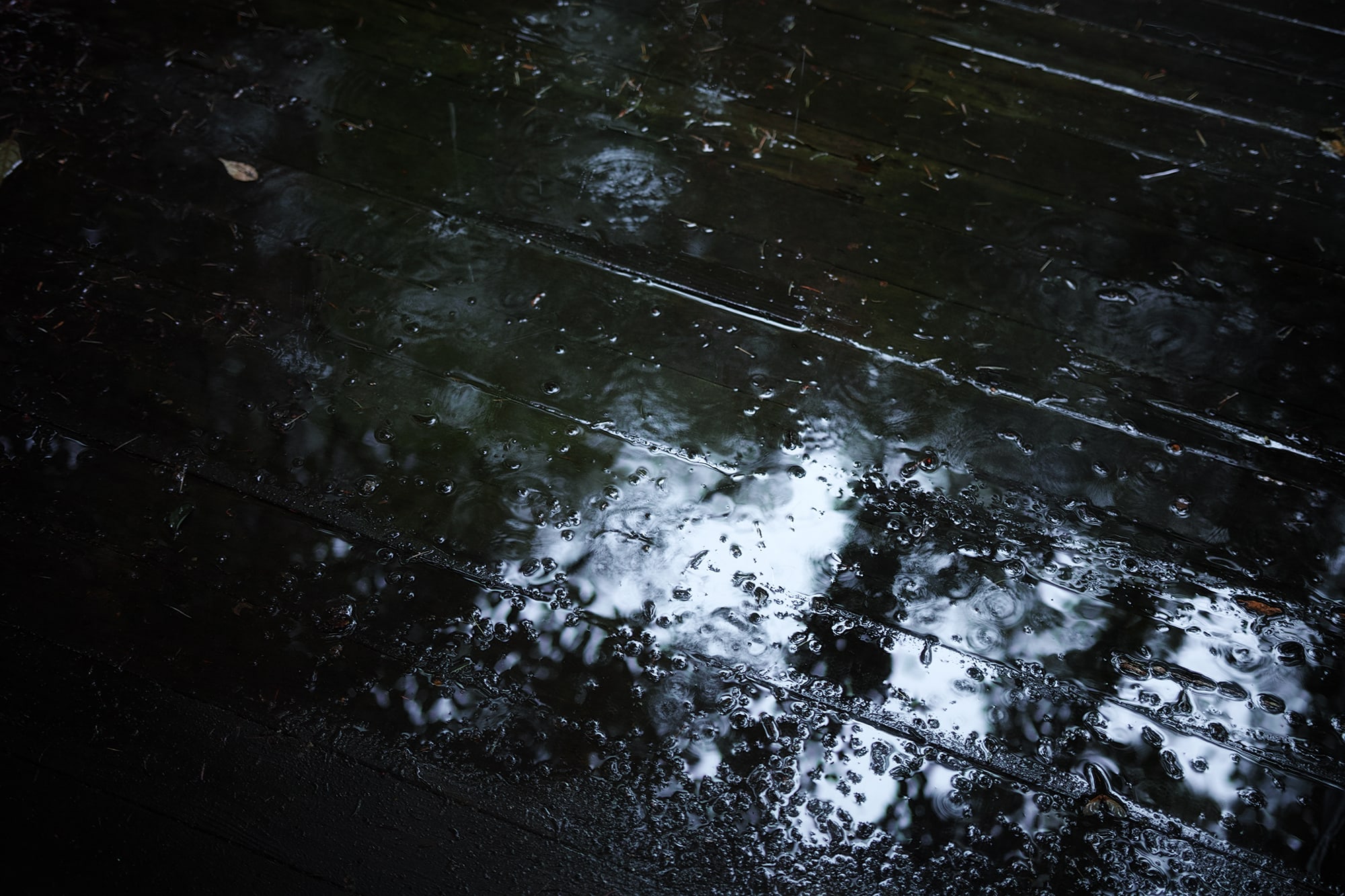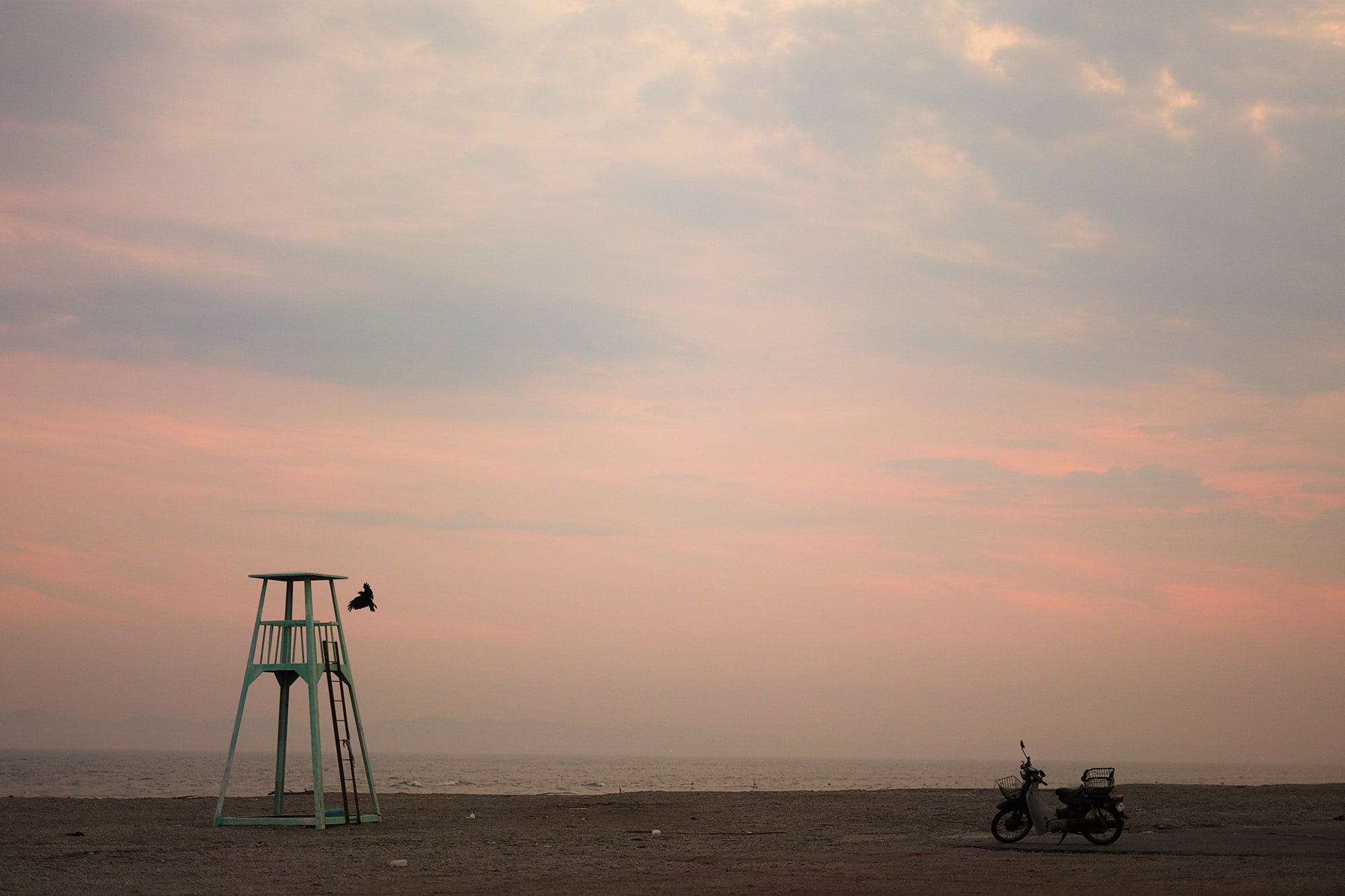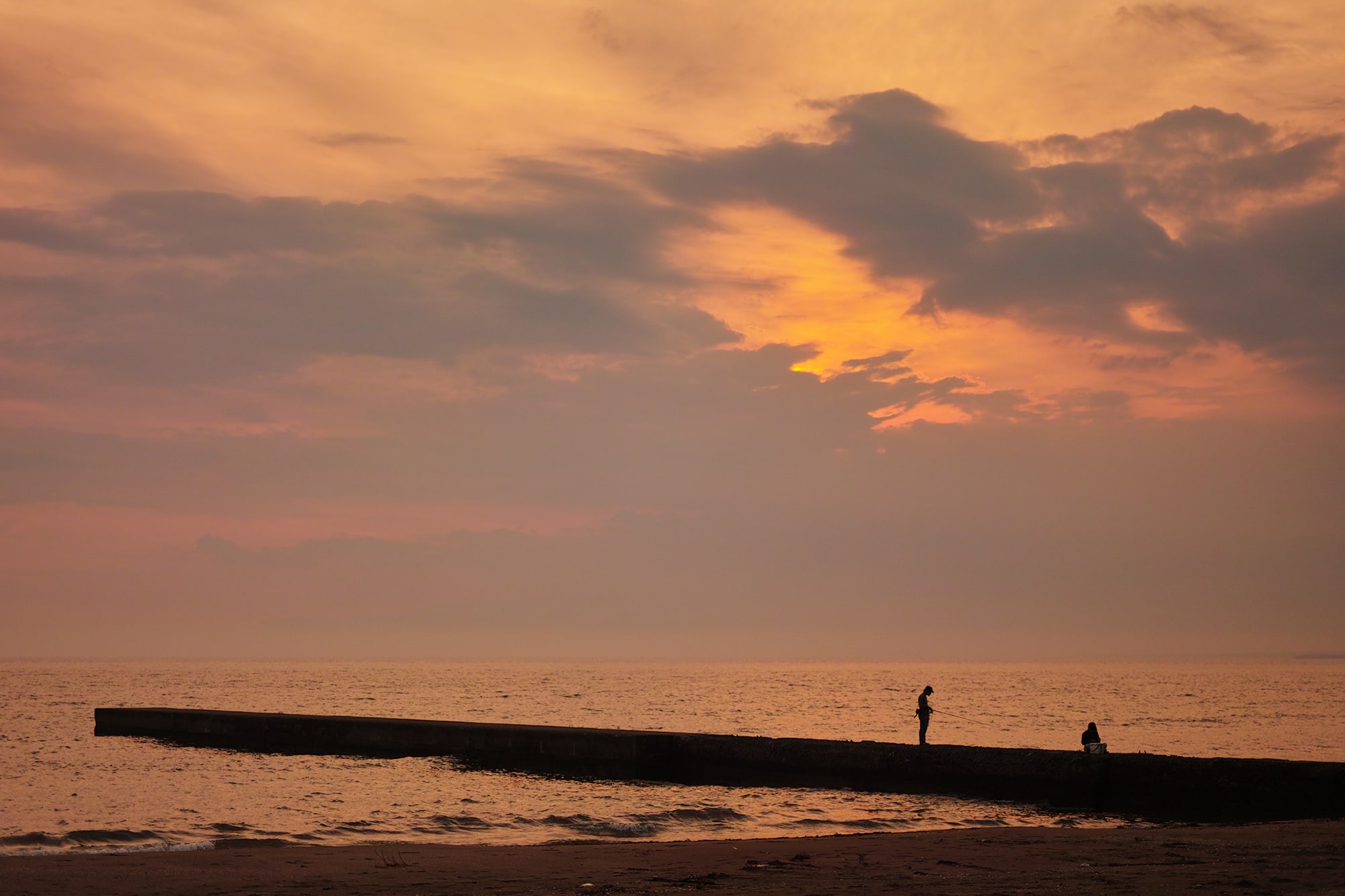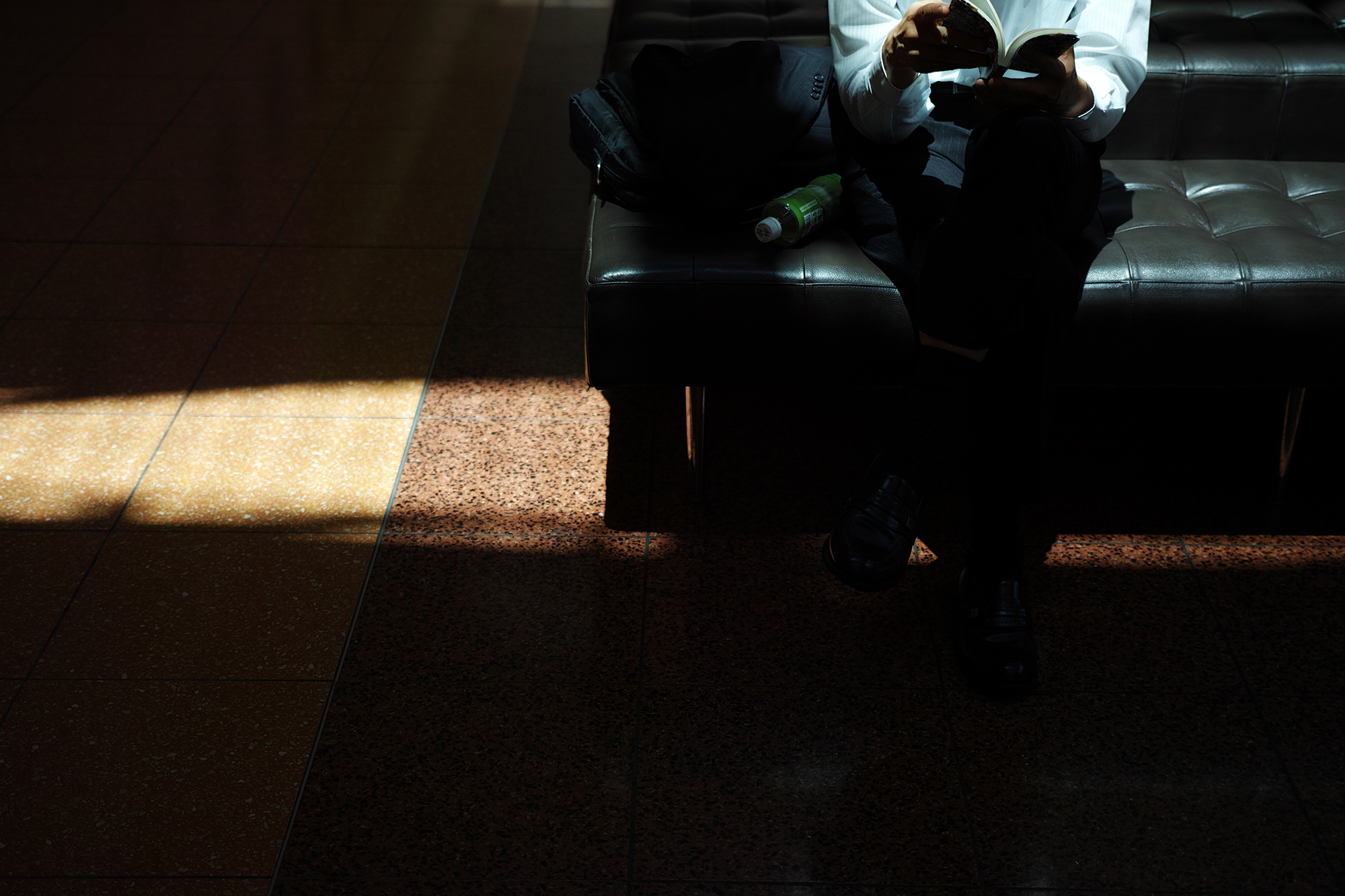
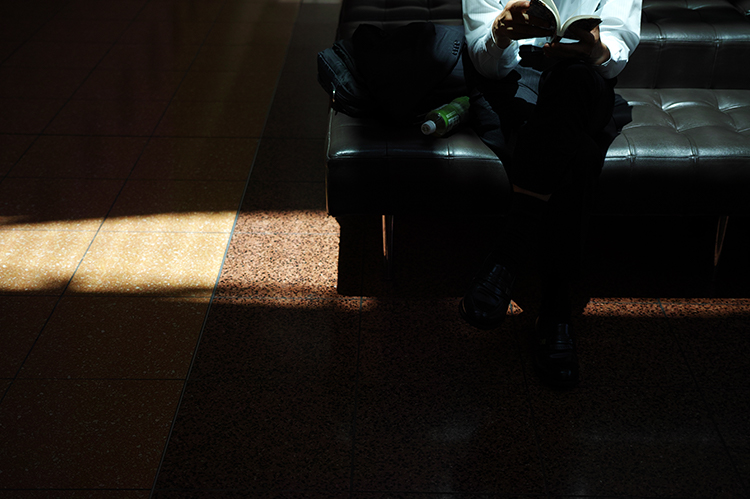
sd Quattro Impression Vol.03
In the last two impressions, I examined the potential of the sd Quattro. In this last one, I'd like to assess the image quality realized by the current full lens lineup which we couldn't enjoy in the SD1 Merrill period. It's well-known that SIGMA's MTF measurement device has a Foveon sensor and all SIGMA lenses are inspected with this device before shipment. I think these lenses are overqualified for non-Foveon sensors as long as they don't have extremely high number of pixels. In the case of Foveon sensors, however, they cannot make compromises. To be honest, it was hard to shoot wide open with cameras older than the predecessor. By nature, the Foveon sensor is excellent at capturing things as realistically as possible. But with previous models, they could do it "in a certain condition." In other words, rendition was impure and hard to control. Things have improved dramatically with the Quattro generation including the dp series. While reproduction of colors and tone is wonderful just like the predecessors, we don't need to hit a dead end in image processing anymore because the rendition is neutral without making adjustments. So, I wanted to know how this camera performs when it's combined with the clear lenses in the new product line. The theme is "light." I shot the light itself wide open.
Ability to capture clear light just as it is
There're three conditions to reproduce clear light. First, lens clarity which is realized by correcting aberrations even at wide open. Second, high resolution of both camera and lens. Finally and most importantly, rich tone. Without it, we can't get contrast. As I expected, the result I got from the combination of new product line lenses and the Quattro sensor was terrific. It perfectly captured clear light.
Top, left) Shot with the SIGMA 18-35mm F1.8 DC HSM | Art, an attractive lens that represents SIGMA's spirit. Rendition is perfect wide open. Even the defocused parent and child have a 3D quality. The bokeh looks natural and the focal peak is free from ambiguity.
Light creates everything. Without it, we can't even talk about the concepts of tone or resolution. It's the capability of an entire system consisting of a camera and a lens that directly determines the capability to reproduce light, and it also determines the value of the system. The image looks "real."
Presence achieved by capturing light realistically
Photographers' primary interest is how realistically they can record the scene.
The haze. The intense afternoon sun almost thrusts people aside and takes their motivation away. This is the rendition I wanted.
Edgelines of things often become clearer in the weak light. The spiral staircase was shot in the dim light just before the sunset and the tools for fireplace were shot right before the sunrise.
Cold rain was falling in the highland and I needed a fire even in early July. The sd Quattro even captures the temperature of fire. As far as I know, no other cameras can capture images of fire more realistically than this camera does.
Capturing impressions of light
We feel many things looking at light. Sometimes, we feel comfortable. Sometimes, we feel sentimental. With this camera's ability to reproduce light, we can capture "the message of light."
Even in the intense light, we sometimes feel shadows of hesitation. If photography reflects how we feel about light, I can say the sd Quattro lets us focus on reproducing it.
The unclear air looks exactly like that with this camera. It was very humid in the sunset and the distant mountains look hazy.
Rendition is pleasant like the one of slide films, but it's free from dramatization. It just captures the scene as it is. It directly reflects the decisions of photographers and tempts them to play with light.
Postscript
I've owned and used all Foveon cameras from the SD9 to the sd Quattro. The reason is simple and clear. As a photographer shooting films privately, I affirm that the images shot with Foveon cameras are most inspiring. With the models from the first generation to the SD10, I was excited about the resolution and precise rendition realized by thin drawing lines. Every time I viewed the images at original size, I was shocked and fascinated by its high capacity to capture. I was attracted to the unique tonal quality and colors with the SD14/15. And with the SD1, I was astonished by the phenomenal reality of images presumably because of the larger sensor size contributing to the number of colors and richer tonal expression. I think I was primarily interested in the potential of cameras until the SD1 Merrill. And, the SD1 brought innovation and motivation to my photographic expression. Now with the sd Quattro, I can take advantage of the complete system including the new lenses. I don't need to worry about the dead end in processing because it faithfully responds to my intention. I'd like you to shoot it until you master it and try shooting other cameras to see what happens. I'm sure you can never forget the images shot with the sd Quattro. I don't think I need to go further and now it's your turn to experience it.
Photography: Wataru Nakamura / Juzo Iwaki
